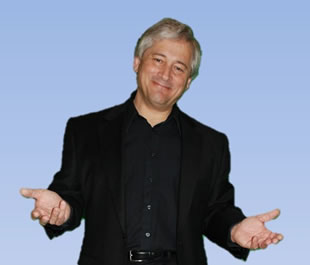
Holding Hands and Singing Kumbaya
We’ve all been there. The team trainer says “Together Everyone Achieves More”, or “There’s no ‘I’ in Team”. Eyes roll, people sigh, everyone settles in and looks at their cellphones.
Why do we feel this way? Is it just the mundane, hackneyed, clichéd aphorisms that turn us off? Is the trainer right that this is, in fact, the way we should really work in teams? If so, why doesn’t it feel that way? Are we wrong? Is there something wrong with our work team?
Actually, the trainers are wrong, and your instincts are dead right.
Modern studies of team EEG brain signals done by our company, partnered with UCLA, have shown that the famed “kumbaya” state for a work team – that “everyone-has-the-same-high-engagement-and-focus-and-we-all-work-as-one” state – is very rare, even in healthy teams. Nuclear submarine command teams we worked with, some of the best-trained and best-operating teams in the history of the world, are in that “kumbaya” or “Collegiate” state less than five percent of the time.
These results were announced in a paper at a major conference last June, and they change everything we thought we knew about work teams. That sense most of us have that our team is a bit chaotic, that people dip in and out with their attention, that individuals still matter and that the team is hardly ever in that kumbaya, nirvana-like state is absolutely right. It turns out that we don’t have to worry when we see that kind of behavior in our work team. The consultants are wrong.
It’s only very recently that it has been possible to look directly at the “team brain” and to see what’s really going on. The intellectual giants of yesteryear – Freud, Jung, Maslow, Tuckman – were brilliant people, but they didn’t have the technology we have now. Being able to look directly at the “team brain”, rather than just making guesses from behavior, is like the difference between being able to look under the hood of a car and trying to figure out what’s wrong just by listening to the engine noise.
The new science is called “Team Neurodynamics”, and it’s going to change everything about training and teams. The American Psychiatric Association has already decided that neurodynamics will be the future of all psychological diagnosis, and has announced this in the DSM-5 – the master reference for diagnosis of human thought, feeling and action.
Those old-style team trainers are headed for the same place as yesterday’s snake oil salesmen. Stay tuned for a new generation of team and leadership development that is based on facts and real science.
Oh, and there’s no need to sing “kumbaya”, either.


Engage us on Facebook
Follow us on Twitter
Tweets by @mymcmedia